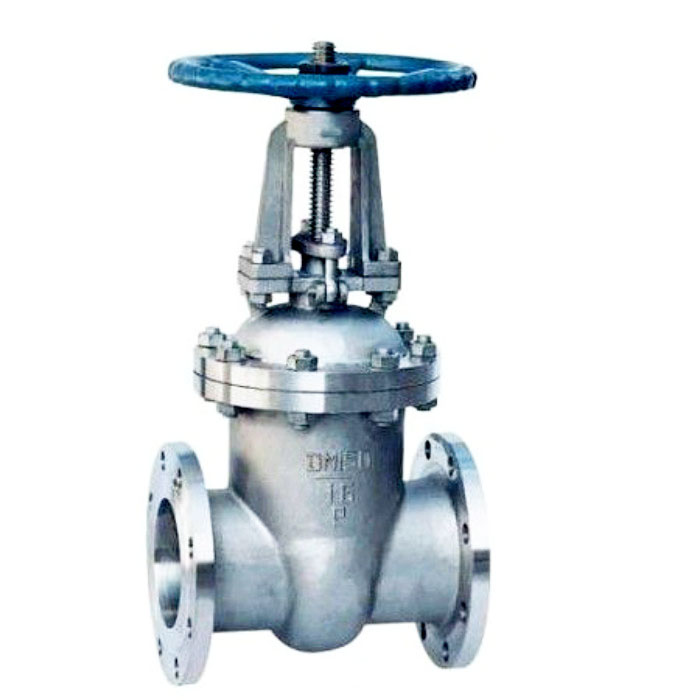What are the grade types of stainless steel gate valve parts?

Stainless steel is the abbreviation of stainless acid-resistant steel. It is resistant to air, steam, water and other weak corrosive media or stainless steel. It is called stainless steel. It is resistant to chemical corrosion media (chemical, alkali, salt, etc.). Steel grades are called acid-resistant steels.
Stainless steel refers to steel that is resistant to weak corrosive media such as air, steam, water, and chemically etched media such as acid, alkali, salt, etc., also known as stainless acid-resistant steel. In practical applications, steel that is resistant to weak corrosive media is often referred to as stainless steel, while steel that is resistant to chemical media is referred to as acid-resistant steel. Due to the difference in chemical composition between the two, the former is not necessarily resistant to chemical media corrosion, while the latter generally has rust. The corrosion resistance of stainless steel depends on the alloying elements contained in the steel.
Generally, according to the metallographic structure, ordinary stainless steels are classified into three types: austenitic stainless steel, ferritic stainless steel, and martensitic stainless steel. On the basis of these three basic metallographic organizations, for the specific needs and purposes, dual phase steel, precipitation hardening stainless steel and high alloy steel with iron content less than 50% were derived.
1. Austenitic stainless steel.
The base body is mainly composed of austenite structure (CY phase) of face-centered cubic crystal structure, non-magnetic, and mainly strengthened by cold working (and may cause certain magnetic properties) of stainless steel. The American Iron and Steel Association uses numbers in the 200 and 300 series, such as 304.
2. Ferritic stainless steel.
The matrix is a body-centered cubic crystal structure of ferrite (a phase), which is magnetic and generally cannot be hardened by heat treatment, but cold-worked can make it slightly strengthened stainless steel. The American Iron and Steel Association marks 430 and 446.
3. Martensitic stainless steel.
The matrix is a martensite structure (body-centered cubic or cubic), which is magnetic and can be adjusted by heat treatment to adjust its mechanical properties. The American Iron and Steel Association is numbered 410, 420 and 440. Martensite has an austenitic structure at high temperatures, and when cooled to room temperature at an appropriate rate, the austenite structure can be transformed into martensite (ie, hardened).
4. Austenitic-ferritic (duplex) stainless steel.
The matrix has both austenitic and ferritic two-phase structure, wherein the content of less phase matrix is generally greater than 15%, magnetic, can be strengthened by cold working stainless steel, 329 is a typical duplex stainless steel. Compared with austenitic stainless steel, duplex steel has high strength, resistance to intergranular corrosion, chloride stress corrosion resistance and pitting corrosion.
5. Precipitation hardening type stainless steel.
The base is an austenitic or martensitic structure and can be hardened by precipitation hardening. The American Iron and Steel Association uses the 600 series of numbers, such as 630, which is 17-4PH.
In general, in addition to alloys, austenitic stainless steels are superior in corrosion resistance. In environments with low corrosivity, ferritic stainless steels can be used. In mildly corrosive environments, materials are required to be high. For strength or high hardness, martensitic stainless steel and precipitation hardened stainless steel can be used.